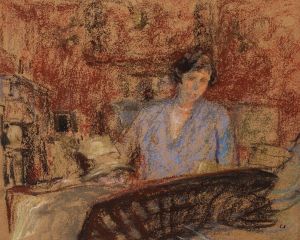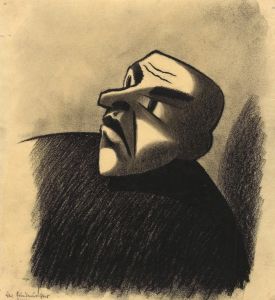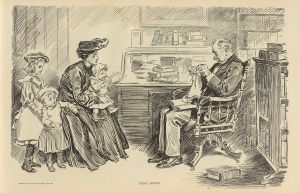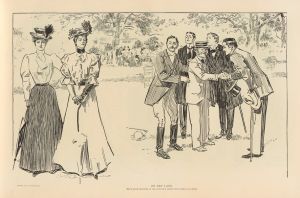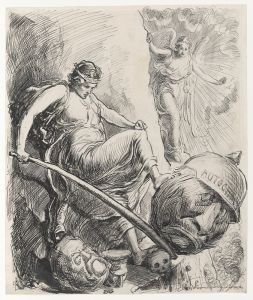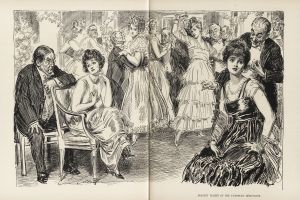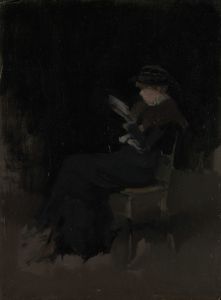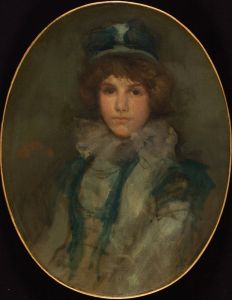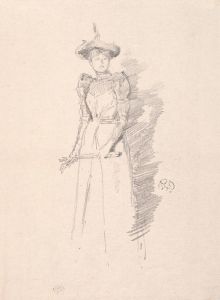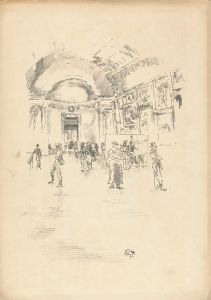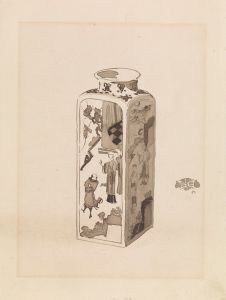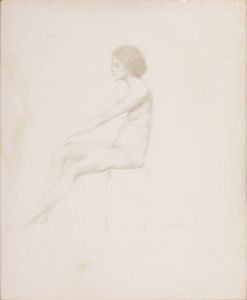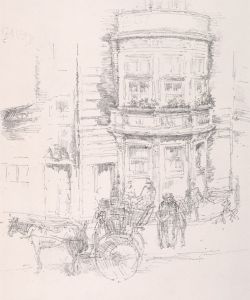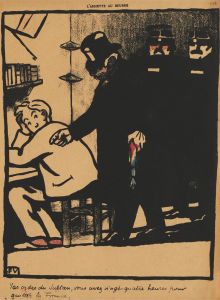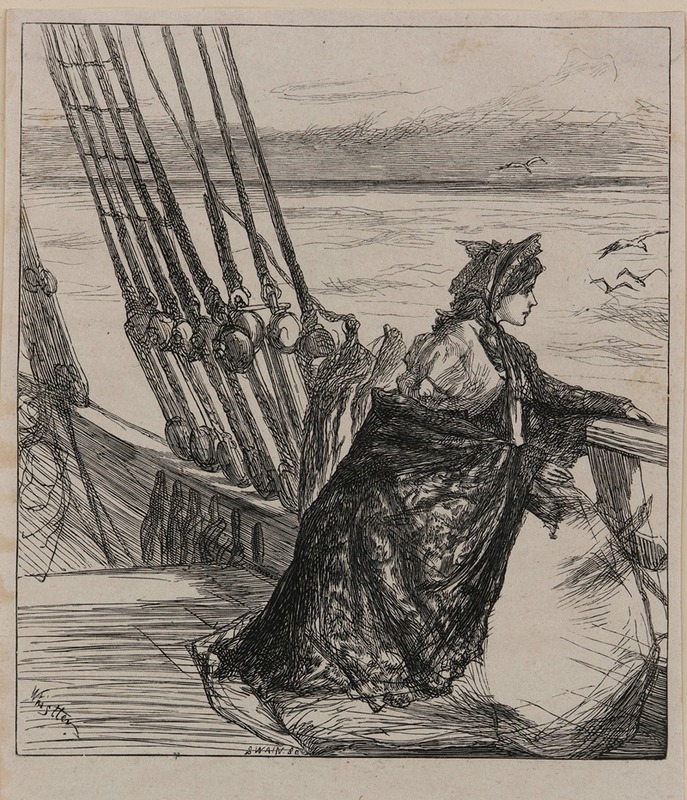
An Illustration to The Major’s Daughter
A hand-painted replica of James Abbott McNeill Whistler’s masterpiece An Illustration to The Major’s Daughter, meticulously crafted by professional artists to capture the true essence of the original. Each piece is created with museum-quality canvas and rare mineral pigments, carefully painted by experienced artists with delicate brushstrokes and rich, layered colors to perfectly recreate the texture of the original artwork. Unlike machine-printed reproductions, this hand-painted version brings the painting to life, infused with the artist’s emotions and skill in every stroke. Whether for personal collection or home decoration, it instantly elevates the artistic atmosphere of any space.
James Abbott McNeill Whistler was an American artist known for his significant contributions to the art world during the 19th century. He is particularly recognized for his paintings, etchings, and lithographs, which often emphasized mood and atmosphere over detailed representation. One of his works, "An Illustration to The Major’s Daughter," reflects his unique style and approach to art.
"An Illustration to The Major’s Daughter" is a lesser-known work by Whistler, and as such, there is limited information available about this specific piece. Whistler's oeuvre often included portraits and scenes that captured the essence of his subjects through subtle color palettes and innovative compositions. His work was heavily influenced by the Aesthetic Movement, which prioritized beauty and the visual and sensual qualities of art and design over moral or narrative considerations.
Whistler's artistic philosophy was famously encapsulated in his belief that art should stand alone and not serve as a vehicle for storytelling or moral instruction. This perspective is evident in many of his works, where he focused on the harmony of color and form. Although specific details about "An Illustration to The Major’s Daughter" are scarce, it can be inferred that the piece likely embodies Whistler's dedication to aesthetic beauty and his interest in capturing the fleeting effects of light and atmosphere.
Throughout his career, Whistler was known for his innovative techniques and his ability to blend elements of realism with impressionistic touches. He often employed a limited color palette, which allowed him to explore the subtleties of tone and shade. This approach can be seen in his most famous work, "Whistler's Mother," formally titled "Arrangement in Grey and Black No. 1," where the composition and color scheme create a powerful yet understated image.
Whistler's influence extended beyond his own work; he played a significant role in the art world of his time, engaging in public debates about the nature and purpose of art. His famous legal battle with art critic John Ruskin, who accused Whistler of "flinging a pot of paint in the public's face," highlighted the tension between traditional art critics and the emerging modernist movement. Whistler's victory in the lawsuit, although resulting in only a nominal financial award, was a symbolic win for the avant-garde artists of the period.
While "An Illustration to The Major’s Daughter" may not be as widely recognized as some of Whistler's other works, it remains a part of his diverse body of art that continues to be studied and appreciated for its contribution to the development of modern art. Whistler's legacy is marked by his commitment to the principles of the Aesthetic Movement and his influence on subsequent generations of artists who sought to explore the boundaries of visual expression.





